What do friends do? They go on a three-day 30-mile canoe trip down the famous Flambeau River’s North Fork in northern Wisconsin’s remote forests.
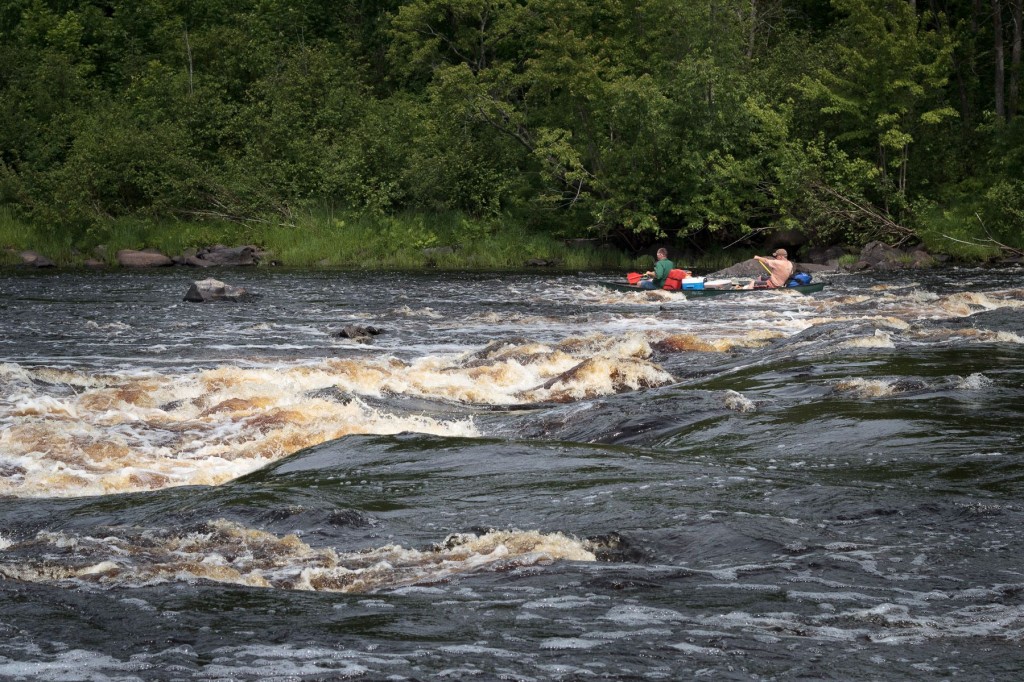
“Here we watch as a flat-bottomed Royalex canoe bounces awkwardly—yet successfully—through Beaver Dam Rapids.”
The name of the river seems to come from a traditional interpretation of the word, “flame,” when the Indian population fished at night, lighting their way by hand-held torches. Viet Van Dong and Jereme Rauckman met as freshmen at North High (Go Huskies!), Eau Claire, Wisconsin, home of the 2015 United States Snowshoe Championships. They have been good friends ever since.

“We had just put the canoe in the water, and on Viet’s second cast he landed this great bass. We were stoked, thinking the fishing during the weekend was gonna be incredible. Turns out, it was not.”
Rauckman gave this account of their adventure: We parked at the Flambeau Lodge about 20 miles northeast of Ladysmith and hired them to shuttle us to the Dix Dox landing near Oxbo. [Oxbo is part of the Wisconsin State Natural Areas Program located within the Flambeau River State Forest. The DNR describes it: “The forest is dominated by mature 24-30 inch white and red pines with white spruce and fir important associates.Notable bird species include bald eagle, magnolia warbler, pine warbler, scarlet tanager, and black-throated blue warbler.” Tuscobia Winter Ultra participants know the forest headquarters is located in Winter, named after a railroad official, plus a key aid station in their events extending from 35 to 150 miles along the Tuscobia trails. The Flambeau begins its journey northeast of Park Falls,
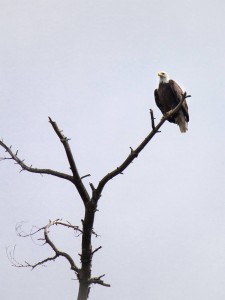
“The first eagles we encountered appeared as we entered the first rapids of the trip. We could only watch them out of the corners of our eyes as we steered through the boulders. We spotted this eagle during calmer waters and were able to get a better look.”
The headquarters of the race and naturally enough the trailhead of the trail. Flowing in a southwesterly direction, the river heads decidedly south through the Park Falls, then meanders westerly. Though the Flambeau dances below the trail, later joining the Chippewa River, the areas and other waters are interconnected and of interest.This voyage is interesting on many levels; the trip Rauckman and Van Dong undertook, but also the way the terrain appears in the summer as many Tuscobia racers only know its winter landscape.]
I can’t say there were very many surprises on the trip, as we had gotten some tips from others who had paddled that section, and I found good maps and river guides [see here]. I was surprised, though, by the campsites along the river. I thought they would be pretty bare-bones, but they had fire rings, picnic tables and pit toilets and were very well-maintained. Firewood was easy to come by (bring a hatchet to cut it to size, though). We were even visited by a friendly ranger one evening, [Curtiss Lindner, Asst Property Mgr, Flambeau River State Forest] who gave us some info on upcoming rapids and fishing tips.
I was also surprised by the few people we saw. I had heard that this was a popular paddling route, but we really saw very few people, aside from a larger group we bumped into a few times. Most of the rapids on the river were pretty exciting yet doable for beginners, though we had an aluminum canoe that tended to get hung up (paddlers with plastic or Royalex were sliding through fine).
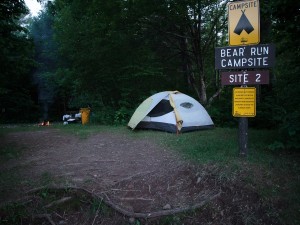
“There are a number of small campsites along the Flambeau, available only to those that arrive by water. The sites have picnic tables, fire pits and pit toilets, so there are some amenities, but they’re separated from each other by a half-mile or more, meaning your only neighbors are the critters and creatures in the surrounding woods.”
The two larger rapids had portage trails for those who didn’t feel ready to run them. Wildlife sightings were plentiful. A bear crossed the road in front of us on the shuttle ride up. There were a lot of deer in and along the river each day. Several bald eagles entertained us.
We eyed Mergansers, which I had never seen before and had to look up in my bird book once I got home. We heard coyotes at night and awoke one morning by wild turkey in our camp. There were also a lot of white admiral butterflies, which in some spots appeared by the dozens. As for the bugs, we were mosquito-free while on the water, but they showed up in clouds on shore. Fortunately, bug spray and a Thermacell at camp did a great job of turning them away.
[A history and other information on the Flambeau River State Forest, Winter, WI, in an entertaining and informative newsletter produced by the staff; check it out. It’s free but one can also subscribe; a good idea, by the way.]There were flies around the boat as we paddled, but there weren’t many, and they were happy to circle the boat and not come in for the attack often at all. We ended the trip back at the Flambeau Lodge where we had left our vehicle.
[Some advice on the trip:] The last few miles of river were wider, more developed and slow. One could start their trip further north and pull out at Beaver Dam Landing if they wanted to put in the same distance but avoid that last section.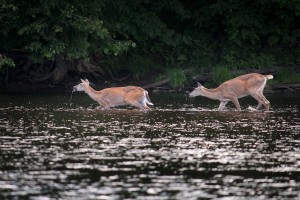
“Two whitetails play in the river as we drift by.”There were flies around the boat as we paddled, but there weren’t many, and they were happy to circle the boat and not come in for the attack often at all. We ended the trip back at the Flambeau Lodge where we had left our vehicle.[Some advice on the trip:]The last few miles of river were wider, more developed and slow. One could start their trip further north and pull out at Beaver Dam Landing if they wanted to put in the same distance but avoid that last section.
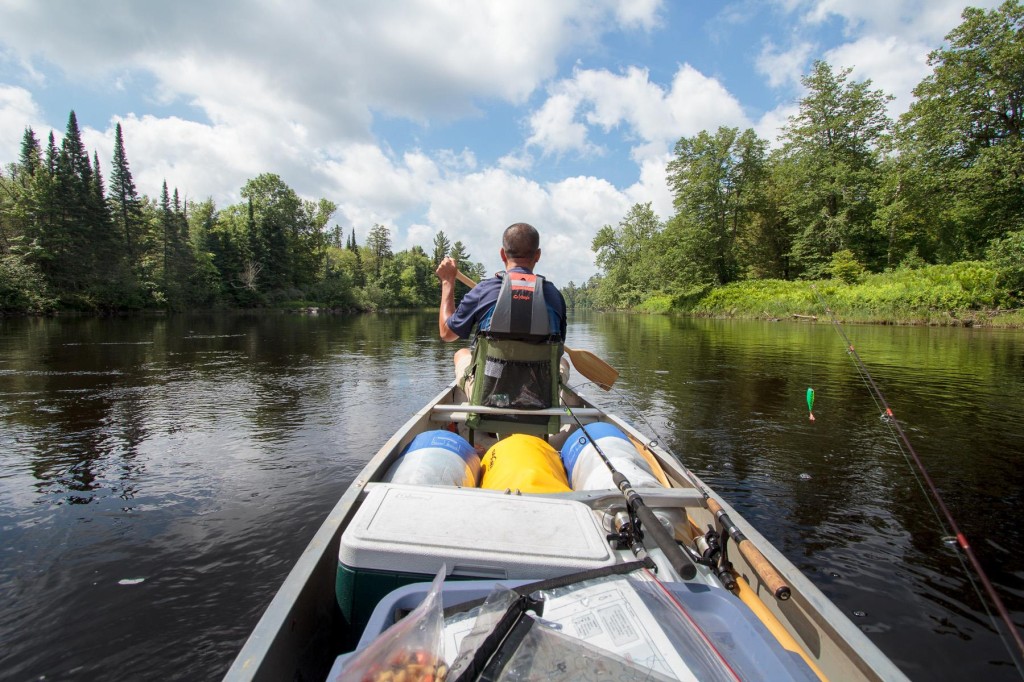
“Fishing and camping gear with room to spare, and not once did it end up dumped in the river. Came close a few times, though.”
The article’s title, you ask? As I saw it, the journey for these two new arrivals (“nouveau”) led to new views and scenes for them (“tableau”) on the famous, flowing Flambeau; the result are memories and videos in the mind that last forever. That is why one expands their horizons, one paddle or step at a time. It is a gift no one can take from the adventurer. Readers are encouraged to visit the links provided; they were selected for the information that is not only thorough, but also the things one can learn from these sites remain truly remarkable.
Write: Phillip@UltraSuperior.com
Connect: Twitter Facebook Amazon Page
Photos Courtesy Jereme Rauckman
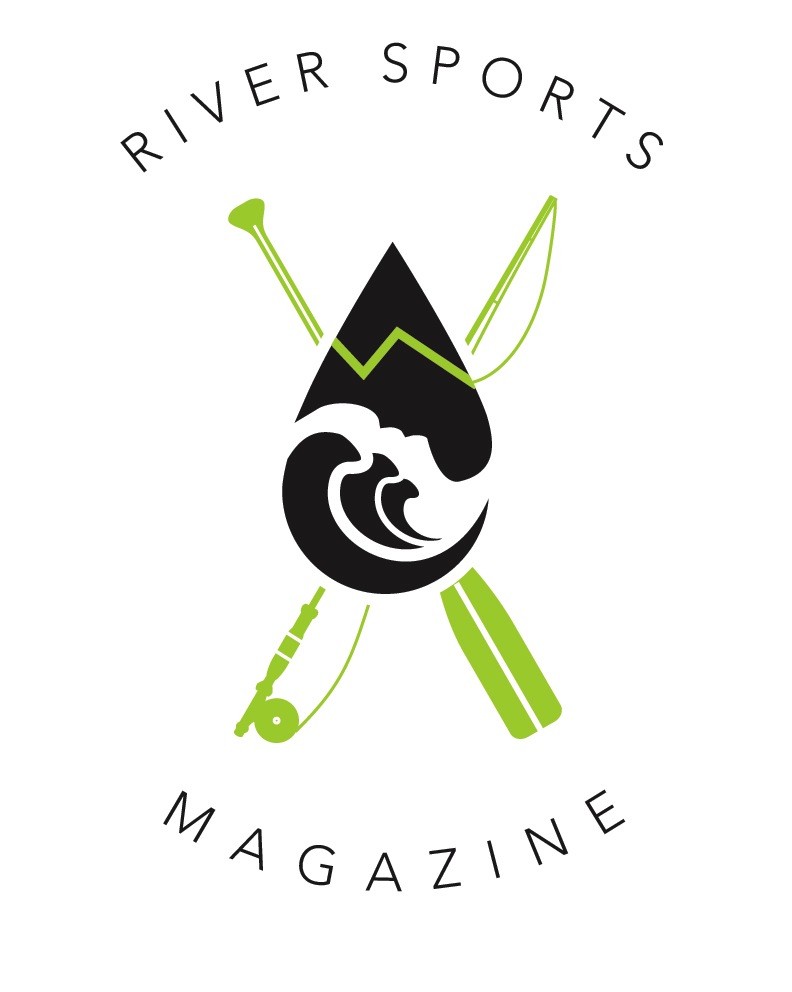
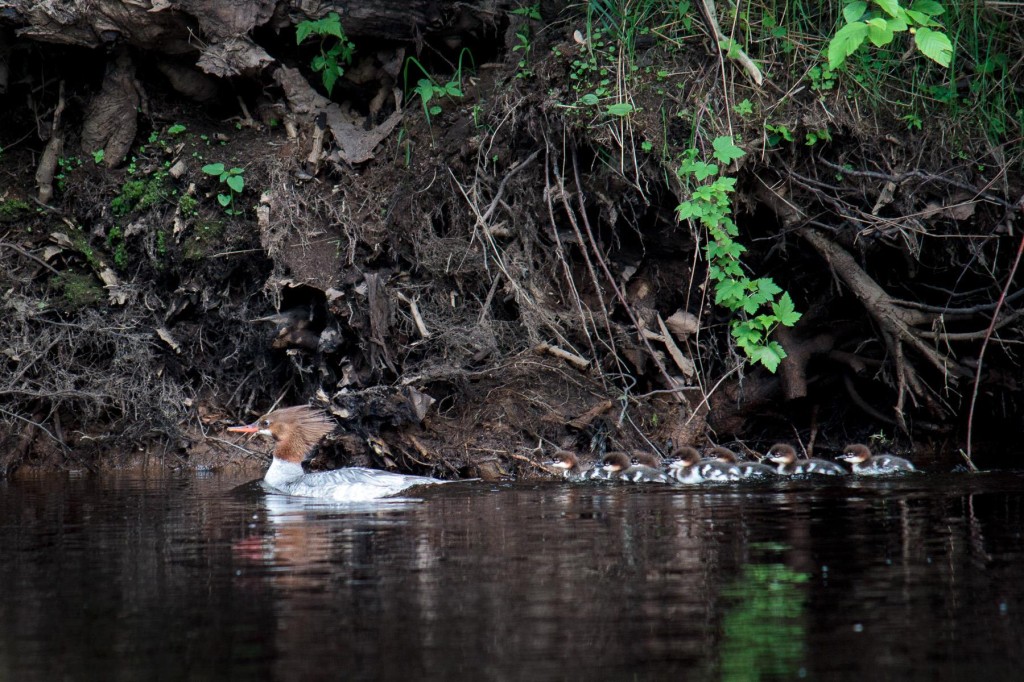
Leave a Comment